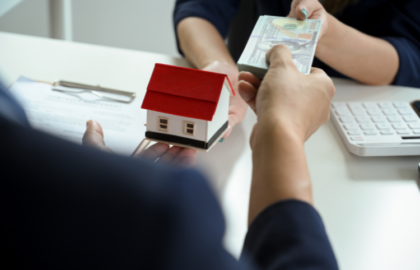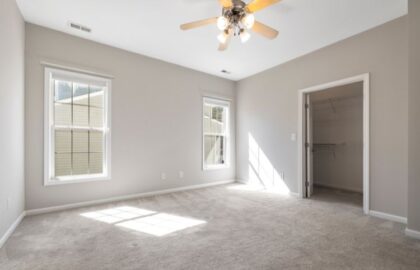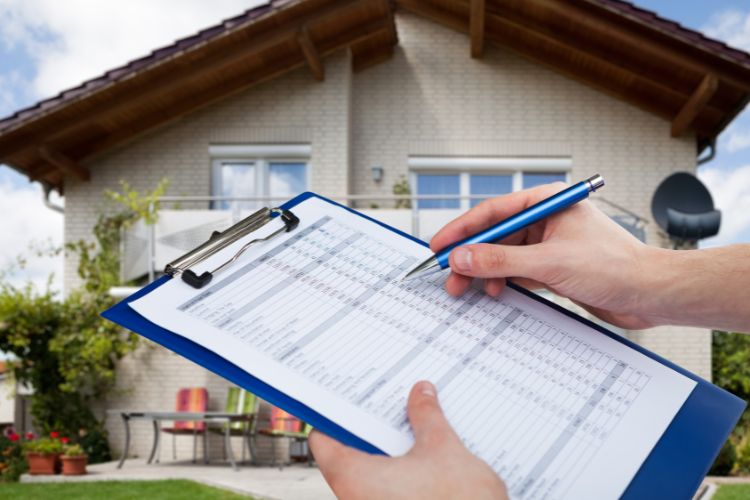
As a landlord overseeing rental properties, conducting routine inspections holds a significant place in maintaining the integrity of the premises.
If you’ve ever felt a tad uneasy about those rental examinations, you’re not alone.
The truth is, they’re like a necessary pit stop on the landlord journey – a chance to ensure your rental properties are in tip-top shape.
That’s when the rental inspection checklist for landlords comes into play! It should help you organise your evaluation so that it’s efficient and doesn’t interfere with the tenant living in the property.
On top of that, it’ll make it easier to keep track of what aspects of the premises need maintenance.
This guide is all about unravelling the mysteries of these inspections, making sure your property is prepped to impress, and, most importantly, fostering top-notch relationships with your tenants.
So, let’s dive into the nitty-gritty of the rental examinations, ensuring your properties are safe and your tenants feel right at home!
Understanding Rental Inspections and Property Management in Australia
Renting out property isn’t just about signing a lease and collecting rent; it’s also about making sure the property remains well-maintained. That’s why regular inspections play a crucial role in maintaining the property’s condition and safeguarding the landlord’s investment.
In this section, we’ll walk you through the main aspects of the evaluations and the purpose they serve.
Purpose of Routine Inspections
Rental inspections serve as an essential tool for landlords to evaluate the condition of their property.
They aren’t just about scrutinising how tenants maintain the property; they’re also an opportunity to check that the property is being cared for according to the tenancy agreement.
This helps in identifying potential maintenance issues early on and sustains the property’s value.
Key Areas Checked During Inspections
During a routine rental inspection, property managers or landlords typically assess various aspects of the property, such as cleanliness, potential damages, and adherence to the tenancy agreement.
Understanding these fundamental aspects of rental inspections and property management in Australia is pivotal for landlords.
Notice Requirements for Rental Inspections in Different Regions
Before you enter a tenant’s rental, you must give them prior notice. How far in advance you deliver this warning depends on the area you live in.
Each Australian state and territory has its own set of rules regarding the notice period for rental inspections. For instance, in New South Wales (NSW), landlords must provide at least 7 days’ written notice before conducting an inspection.
Similar guidelines exist across various regions, emphasising the need for landlords to give tenants sufficient warning before entering the property for examination purposes.
Providing proper notice before an inspection is a gesture of respect for your tenants’ privacy. Plus, adequate warning enables renters to prepare for the examination and fosters smoother interactions between the landlord and the tenant, setting the stage for a positive relationship.
Landlord’s Responsibilities in Rental Inspections
As a landlord, fulfilling certain obligations before, during, and after rental inspections contributes significantly to a successful landlord-tenant relationship and the upkeep of your property.
So, to make your life easier, we’ll outline your responsibilities and what items should be on your inspection checklist.
Preparation Before Inspection Day
Right off the bat, adequate preparation before an inspection day is crucial. You’ll need to provide timely and clear notice to tenants, adhere to the stipulated notice periods within the region, and schedule inspections at convenient times to contribute to a smooth process.
Being organised by reviewing previous inspection reports, preparing necessary documentation, and having a structured checklist ensures a comprehensive assessment.
Plus, it’ll help you streamline the process to save you effort and time.
Navigating Maintenance Issues and Documentation
As a landlord, checking on maintenance issues and documenting them is a major part of your responsibilities. This will help you keep track of your property’s condition and allocate resources to resolve problems.
Documenting all issues reported or observed during inspections, promptly addressing them in adherence to lease agreements and tenancy arrangements, and maintaining comprehensive records of repairs and resolutions are important obligations.
This proactive approach not only safeguards the property’s condition but also fosters a positive landlord-tenant rapport.
Utilising Rental Inspection Checklists
Employing comprehensive rental inspection checklists aids in a structured evaluation of the property. These assist in noting specific areas needing attention, ensuring all essential components of the property, from safety aspects like smoke alarms to overall property condition, are thoroughly examined.
Regular use of these checklists facilitates consistency across inspections, aiding in the effective maintenance of the rental property.
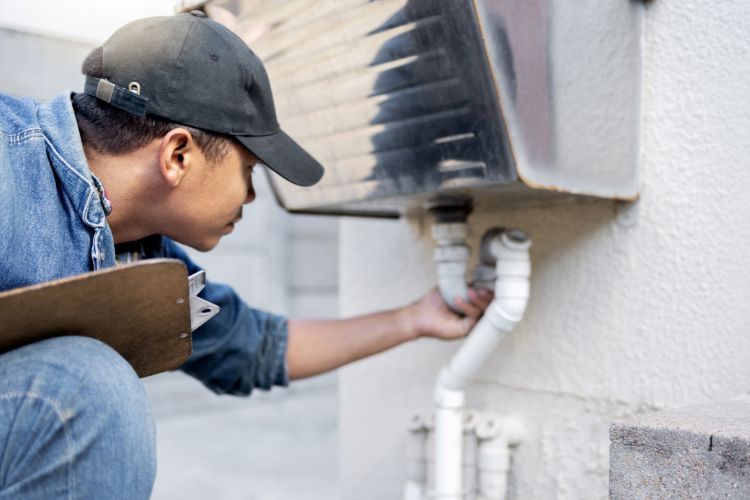
Here’s a quick example of what your checklist should look like:
1. Property Interior Assessment:
- Walls and Floors: Inspect for damages, marks, or signs of wear and tear, including checking for rising dampness or structural issues.
- Appliances and Fittings: Check functionality, cleanliness, and the condition of kitchen appliances, bathrooms, and other fittings.
- Plumbing and Electrical Systems: A systematic inspection to spot plumbing leaks, drips, or electrical issues. Testing taps, toilets, showers, electrical outlets, and lighting fixtures is part of this evaluation.
- Heating and Cooling Systems: Ensure operational functionality, clean air filters, and well-maintained ducts in heating and cooling systems is paramount.
- Living Spaces: Review overall cleanliness, maintenance, and general condition of living areas.
2. Property Exterior Evaluation:
- Exterior Walls and Structure: Inspect for any structural damages, cracks, or weathering on the property’s exterior walls.
- Doors and Windows: Check functionality, locks, and frames of doors and windows for proper operation.
- Garden and Lawn: Assess the condition, tidiness, and maintenance of garden spaces, including lawns, plants, and hedges.
- Garage or Parking Area: Verify functionality, cleanliness, and organisation of designated spaces for vehicles or storage.
3. Tenant Compliance Verification:
- Lease Agreement Adherence: Confirm tenant compliance with specific lease terms, including clauses related to pets, smoking, occupancy limits, or any other stipulated restrictions.
- Occupancy Verification: Ensure the number of occupants aligns with the terms specified in the lease agreement to prevent overcrowding and related issues.
Landlord’s Attendance or Representation
Landlords have the option to personally attend inspections or delegate a trusted representative, such as a property manager or authorised personnel, to conduct the examination.
Being present or sending a reliable agent allows for direct observation of the property’s condition, facilitates immediate discussion or resolution of any identified issues, and contributes to maintaining a positive landlord-tenant relationship.
Post-Inspection Procedures
After conducting the rental property examination, it’s pivotal to proceed with several post-inspection steps. These actions are crucial for both the landlord and the tenant to maintain a clear understanding of the property’s condition and ensure any necessary actions are taken promptly.
Post-Inspection Documentation
Upon completing the inspection, the landlord typically generates a report. This meticulously details the observed conditions, any damages found, and necessary repairs or maintenance.
It serves as a vital record of the property’s state during the inspection, forming the basis for addressing any issues.
Addressing Identified Concerns
Suppose you discover any problems or maintenance issues during the inspection. In that case, you should communicate these findings to the tenant.
It’s imperative to discuss the nature of the problems and the required corrective actions.
Necessary Repairs and Maintenance
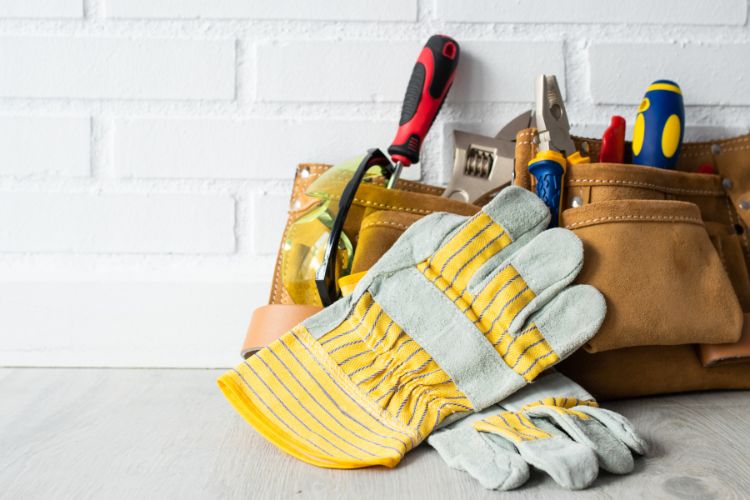
Following the inspection, the landlord must take the appropriate steps to resolve any maintenance problems or damages identified. Depending on the severity, these repairs may range from minor fixes to more significant renovations.
Failed Inspection Resolution
In the event of a failed rental inspection where you identify critical issues, both the landlord and tenant need to address the concerns swiftly.
Failed inspections usually stem from safety hazards, significant property damage, or breaches of the lease agreement terms. If such issues arise, you should inform the tenant immediately, outlining the specific problems found during the inspection.
You have to walk them through every issue, no matter how trivial it may seem. Once that’s done, a joint effort is often required to rectify these problems.
You may propose a reasonable timeframe for the tenant to resolve the issues, especially if they fall under the tenant’s responsibility, such as cleanliness or minor damages.
For more substantial concerns that require repairs or renovations, the landlord may need to coordinate professional services and temporarily relocate the tenant if the property becomes uninhabitable during the repairs.
In severe cases where tenant negligence or lease violations occur, the landlord might serve notices or take legal action as per the lease agreement and relevant tenancy laws to address the situation.
Wrapping Up
The implementation of a meticulous rental inspection checklist for landlords stands as an indispensable tool for managing rental properties in Australia.
By adhering to this structured approach, landlords can ensure property maintenance, uphold tenancy regulations, and nurture harmonious landlord-tenant relationships.
This proactive strategy not only preserves the property’s value but also cultivates a secure and welcoming environment for tenants, fostering mutual respect and sustained satisfaction.
Overall, a well-executed inspection regimen aligns with regulatory standards and contributes significantly to sustaining a successful and lucrative rental property venture.





